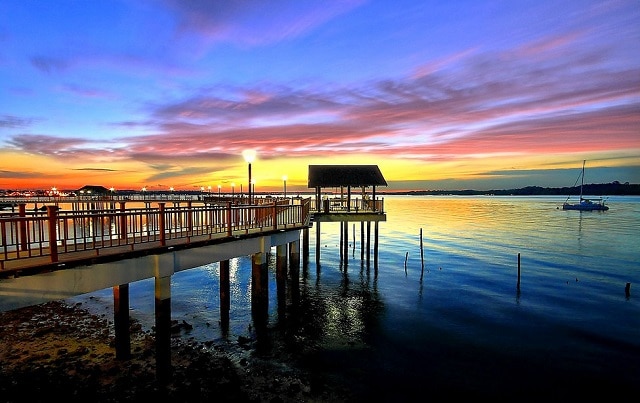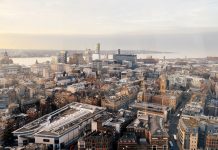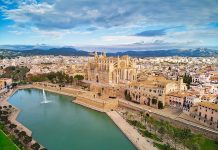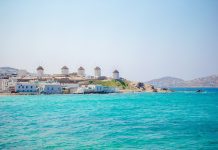By any standards, Singapore is a fascinating city to visit. If you stay in the areas designed for tourists, the impression created is one of superior urban design. The main highway from Changi Airport to the central area has been carefully landscaped to show off the island’s claim to be a garden paradise. Trees imported from all around the world produce areas of greenery on either side of the dual carriageway. Bunches of flowers fall into view from boxes sited on the bridges. Once in the tourist bubble, you will find every type of shop and restaurant within easy reach. Tall office blocks, tastefully lit at night add drama to the skyline. Boats slide through the waters of the local rivers and basins offering color and an opportunity to see the best views the city has to offer. It’s a magnificently constructed stage set for visitors to walk on. For the local Singaporean, life is not quite so trouble-free.
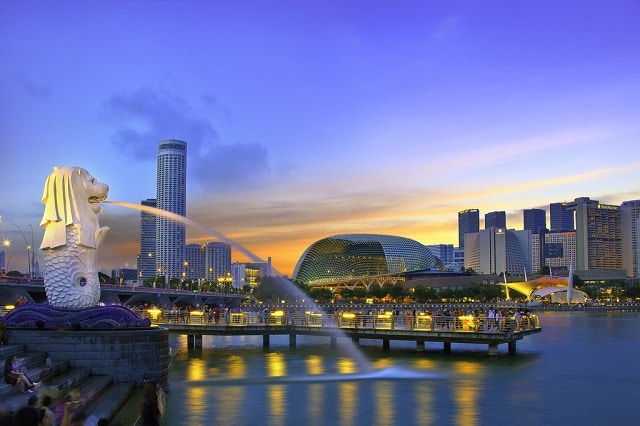
Take the roads as an example. There never seems to be that much traffic. Do you ever wonder why that is? The answer is the Certificate of Entitlement. The number of vehicles on the road is limited by government quota, and to be allowed to own and drive a vehicle, you have to buy a COE. So that pricing is completely fair, anyone wanting a COE is allowed to bid in a monthly public auction. Assuming you want to drive a car, the prices for May 2014 are S$60,000 for a car with an engine 1600cc or below, S$70,000 for cars with a higher cubic capacity engine. So before you think about the retail price of the car, you need a large chunk of change. Now it gets worse. All cars sold in Singapore are imported and pay a customs duty of 41%. Now add in the registration fee and road taxes, and then the electronic road pricing to drive anywhere near the central areas. Now you understand why there are so few cars on the roads in the central tourist areas.
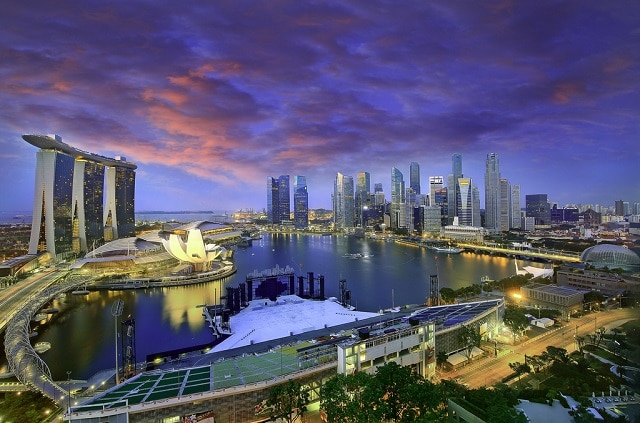
Local people need a strong financial position to buy any car. As a tourist, you will also find rental rates higher than you might expect. The cars available to rent have all paid their COE at commercial rates (higher than private rates), the import duty, and all other business costs.
This quota system for all vehicles on the road has a number of advantages:
- with fewer cars, there are fewer accidents — Singapore roads have one of the lowest rates of crashes per million kilometers traveled in the world;
- because the risk of an accident and injuries is low, the cost of car insurance is also quite low so long as you have a good driving record;
- the island has one of the best systems of public transport in the world — there’s a fully integrated mass rapid transit system and bus services, with taxis cruising all roads looking for business.
In other words, you can get where you want to go using the public transport system, assuming you find walking in Singapore’s humid climate too demanding. Rather than sacrifice a small island to the motor car, the government decided to make it a garden paradise. That’s great politics and it makes a great place to visit. If you are curious about the real Singapore, you can always use the MRT to visit one of the heartland suburbs where the local people work and live. The difference between the central area and the local areas is fascinating with local food and retail prices in the shops considerably lower than in the tourist areas.
Singapore photos: Kenny Teo


